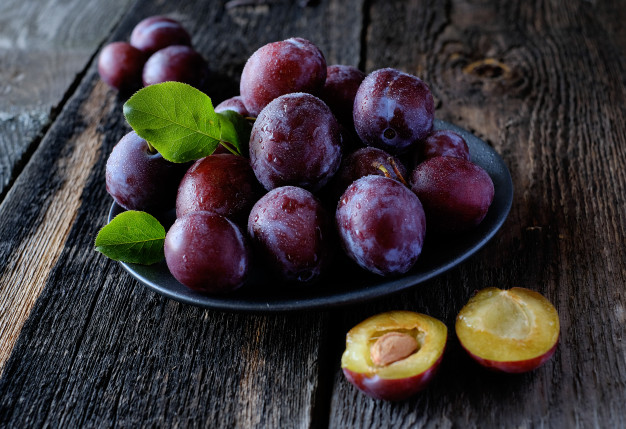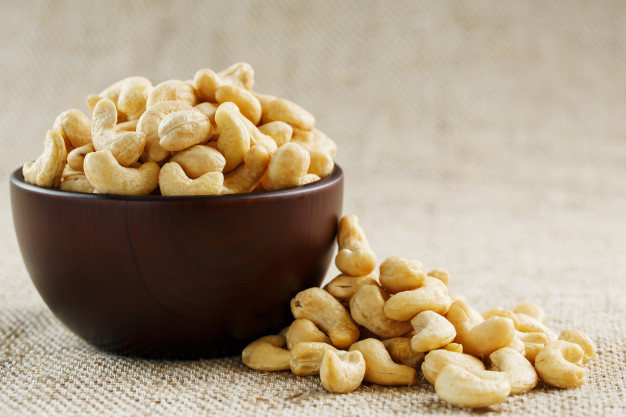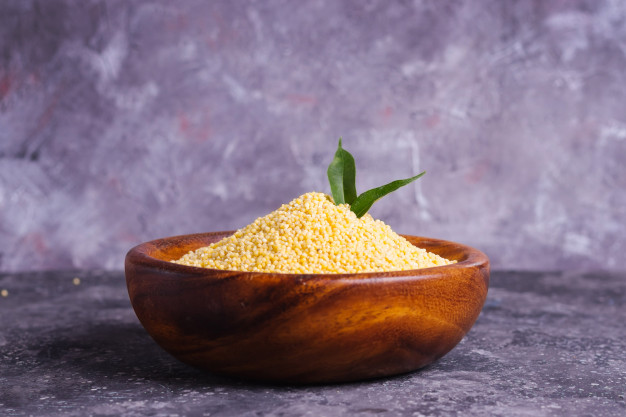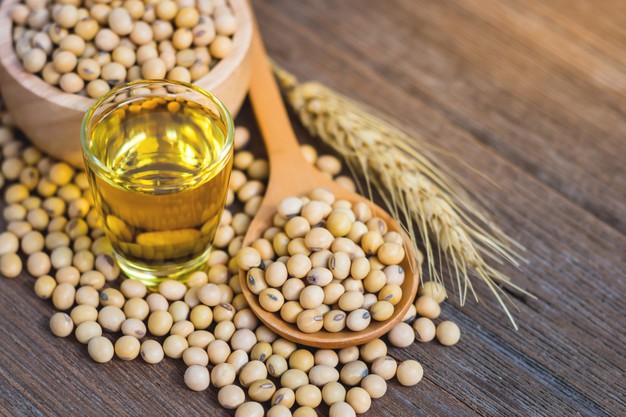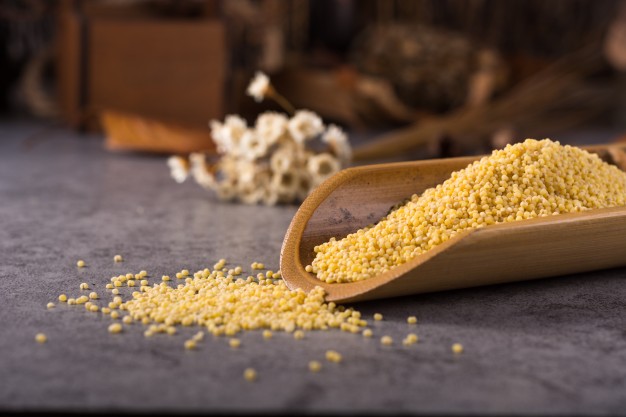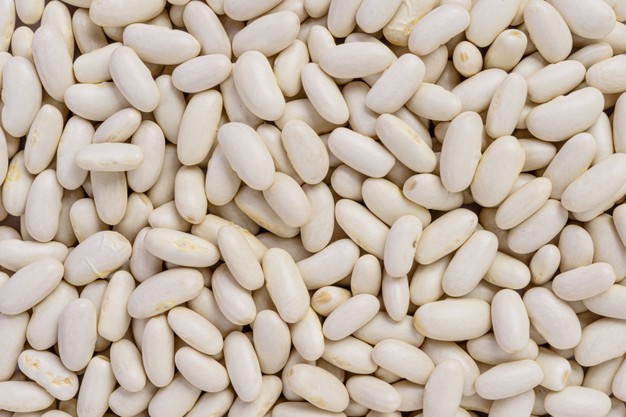Plum is a sweet, nutritious and tangy fruit with reddish blue color. It is considered as a good source of potassium and also packed with various important nutrients that offer numerous health benefits.
Some important information regarding plum
- Plum is also called as Prunus Domestica
- It is native to almond, nectarine and peach
- The seed of the fruit is surrounded by a hard stone pit thus this fruit is referred as drupes
- Plum leaves are generally 2 to 4 inches long and green in colour. It has seen that during autumn the colour of the leaves are generally turned into orange, yellow and purple
- It is mainly cultivated in warm and temperate region
- Japanese, European, American and Damson are the most popular four verities of plum found in nature
Nutritional profile
- It contains less amount of carbohydrate
- It also contains desirable amount of dietary fibre
- It contains too some extent of protein as well
- It contains negligible amount of fat thus it is considered as low calorie food and it does not provide enough calorie on its oxidation
- It contains various important micronutrients, which include Vitamin A, Vitamin K, Vitamin C, B vitamins especially Vitamin B9, calcium, phosphorus, magnesium and potassium
- It contains a number of biologically active compounds such as chlorogenic acids, flavanols, coumarins and anthocyanins, which are responsible for providing numerous pharmacological benefits

Therapeutic uses
- It is used as an effective therapeutic agent for preventing the harmful consequences of cancers. Anthocyanin component of plum acts as the main anti-carcinogenic component that helps to destroy malignant cells and also hinders the growth of tumor cells. It has seen that consumption of plum is extremely beneficial for decreasing the prevalence of oral and breast cancers
- It is also used for promoting blood circulation. We know that proper blood circulation is very essential for providing good nourishment as it is associated with supplying various imperative substances throughout the body like oxygen, nutrients, hormones, enzyme etc thus helps to sustain cellular functions and promotes growth. Plum plays significant role in enhancing iron absorption thus stimulates the synthesis of hemoglobin, which ultimately aids in improving blood circulation
- It is extensively used as an effective remedial action for hypercholesterolemia. It has seen that its fibre content, especially soluble fibre content significantly reduces the concentration of cholesterol in blood. It is also associated with inhibiting cholesterol production in liver by soaking up bile (bile is synthesized by using cholesterol). As the soluble fibre of the fruit soaks up bile hence the body utilizes stored cholesterol as a result the level of cholesterol get decreased
- Consumption of plum juice is very beneficial for providing a younger look to skin. It is also associated with clearing skin texture and also provides firmness to the skin
- It helps to reduce scars as well. As it is associated with increasing blood circulation to the scar hence it helps to synthesize new skin tissues over there. It has potent healing effect too, which helps to treat damaged skin by replacing it with new tissue. It has seen that consumption of plum is awfully useful for decreasing dark spots on skin
- It acts as immune booster as well. It helps to strengthen the defense mechanism of body and helps to decrease the susceptibility of developing diseases. It is very much effective for preventing normal cold and flu
- It also acts as antioxidant. It is accountable for scavenging free radicals thus reduces their concentration in body, which in due course protects the body from oxidative damages
- Consumption of plum is very healthy for stomach and it also promotes digestion
- It is also very important for maintaining the normal functioning of brain cells. Its Vitamin B6 component plays significant role in promoting the growth and development of nervous system. It helps in the transmission of nerve signal too
- It is used for enhancing the mental health as well. It has seen that plum plays vital role in stimulating the synthesis of some hormones, which are responsible for influencing mood
- It is used as an imperative anti-depressant. Its chlorogenic acid component plays very important role for providing quick relief from anxiety and stress
- Its high fibre content and low fat content makes it very effective for stimulating weight reduction. As it is a low calorie food hence it can be easily included in the diet of an obes individual. Fibre component of plum also plays important role in facilitating weight reduction as it helps to reduce appetite thus prevents over eating. Its hypolipidemic effect is also associated with preventing obesity as it helps to inhibit fat deposition in body, especially in adipocyte


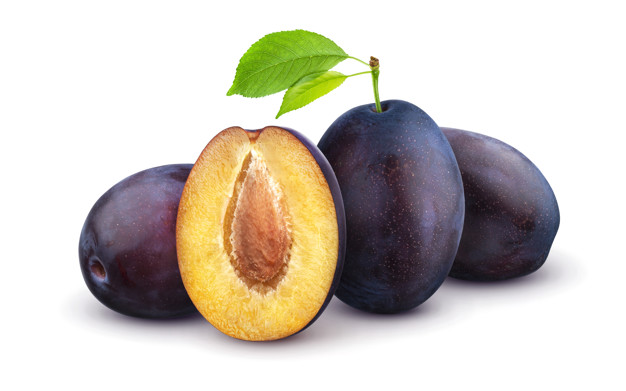
Disease preventive role of plum
Plum and cardiovascular disease
- It contains numerous cardio protective elements that promotes cardiac functionality thus its consumption is extremely beneficial for decreasing the risk of developing cardiovascular disease
- Its antioxidant activity is accountable for protecting the heart from oxidative damages and enhances its activity
- Its hypocholesterolemic property is also associated with inhibiting fat deposition within blood vessels especially in artery hence thus preventing the susceptibility of developing atherosclerosis and coronary artery diseases
- Its phytonutrient contents help to decrease the prevalence of heart attacks, strokes or myocardial infraction
- It is very effective for reducing hypertension too
Plum and constipation
- Constipation is a gastrointestinal disorder characterized by impaired bowel movement, which are responsible for developing hard stool that are hard to pass
- Consumption of plum is incredibly helpful for treating this abnormal condition of bowel movement. Its fibre content is responsible for increasing the bulkiness of stool and also helps to make the stool soft hence helps in easy elimination of stool
- It contains several other nutrients such as sorbitol and isatin that also provide relief from constipation
Plum and diabetes mellitus

- Plum plays vital role in decreasing free sugar concentration in blood as it has potent hypoglycemic effect
- Its fibre content is considered as the main compound responsible for reducing blood sugar as it helps to reduce glucose absorption from intestinal epithelial cell
- It also helps to increase the sensitivity of insulin thus reduces glucose load in blood
- It is associated with increasing the level of adiponectin in body, which also helps to regulate blood sugar concentration in an effective manner
General consideration of using plum
- It can be used for preparing pickle
- It can also added with salads
- It can be used with various other fruits for preparing fruit salsa
- A slice of plum can be added to tea or water before consumption
- It can also be used as a topping agent for yogurt
- It can be added with smoothie as well
- It is better to select firm plum for consumption
- Ripe plum should be preserved well for preventing its spoilage and it is better to store ripe plum in freezer for enhancing its self life
Risk factors
- It is rich in oxalate hence its over consumption may lead to develop renal calculi
- It is rich in acid as well thus it can cause acidity or bloating or gas formation if consumed excessively
- It may also develop some allergic reaction to some individual


Source:
Akter, S., Netzel, M.E., Fletcher, M.T., Tinggi, U. and Sultanbawa, Y., 2018. Chemical and nutritional composition of Terminalia ferdinandiana (kakadu plum) kernels: A novel nutrition source. Foods, 7(4), p.60.
Birwal, P., Deshmukh, G., Saurabh, S.P. and Pragati, S., 2017. Plums: a brief introduction. Journal of Food, Nutrition and Population Health, 1(1), pp.1-5.
Bowen, P.E., 2017. Role of commodity boards in advancing the understanding of the health benefits of whole foods: California dried plums. Nutrition today, 52(1), p.19.
Hernández-Ruiz, K.L., Ruiz-Cruz, S., Cira-Chávez, L.A., Gassos-Ortega, L.E., Ornelas-Paz, J.D.J., Del-Toro-Sánchez, C.L., Márquez-Ríos, E., López-Mata, M.A. and Rodríguez-Félix, F., 2018. Evaluation of antioxidant capacity, protective effect on human erythrocytes and phenolic compound identification in two varieties of plum fruit (Spondias spp.) by UPLC-MS. Molecules, 23(12), p.3200.
Johnson, J.B., Collins, T., Mani, J.S. and Naiker, M., 2020. Nutritional Quality and Bioactive Constituents of Six Australian Plum Varieties. International Journal of Fruit Science, pp.1-18.
Liu, W., Nan, G., Nisar, M.F. and Wan, C., 2020. Chemical constituents and health benefits of four Chinese plum species. Journal of Food Quality, 2020.
